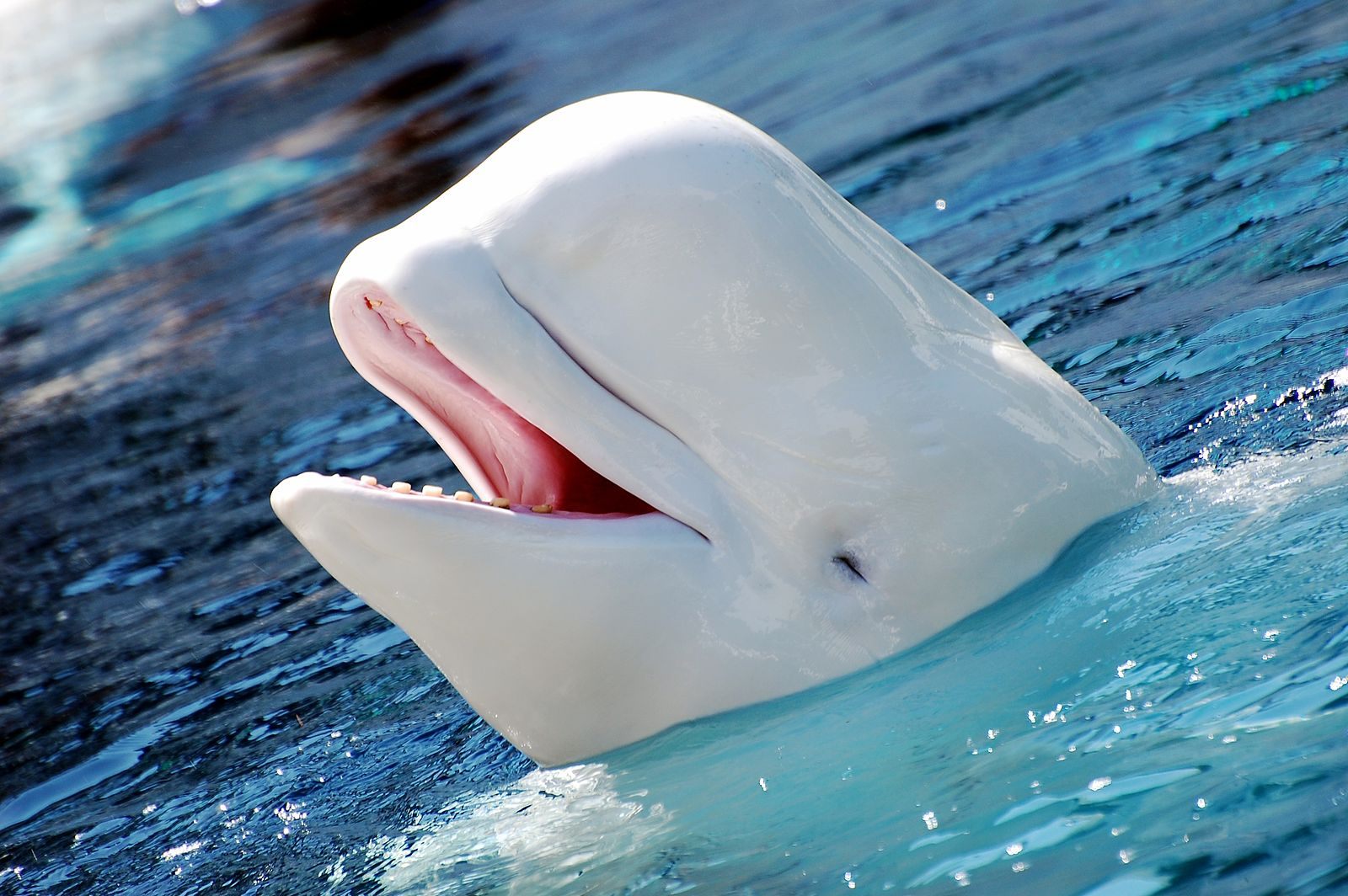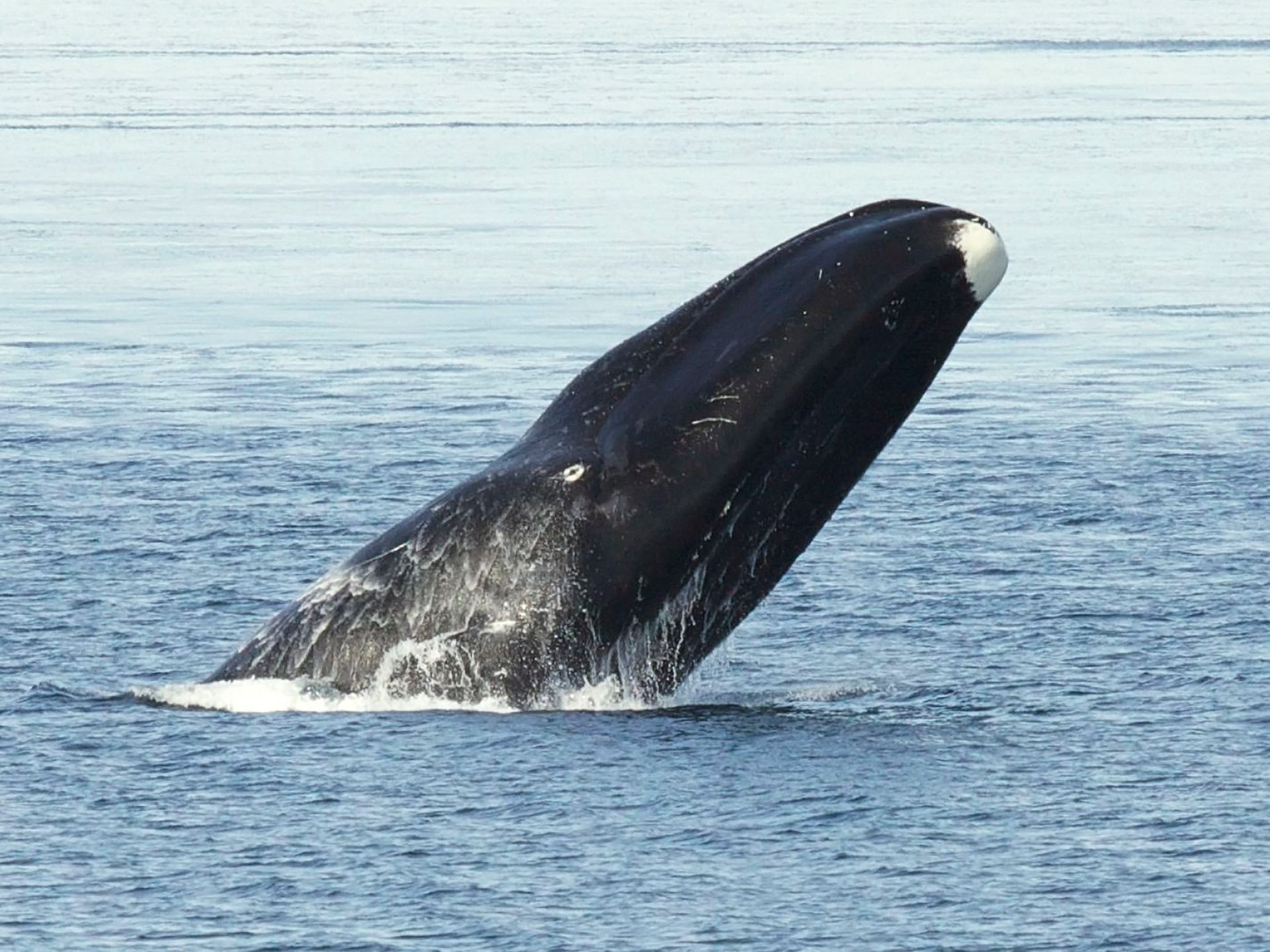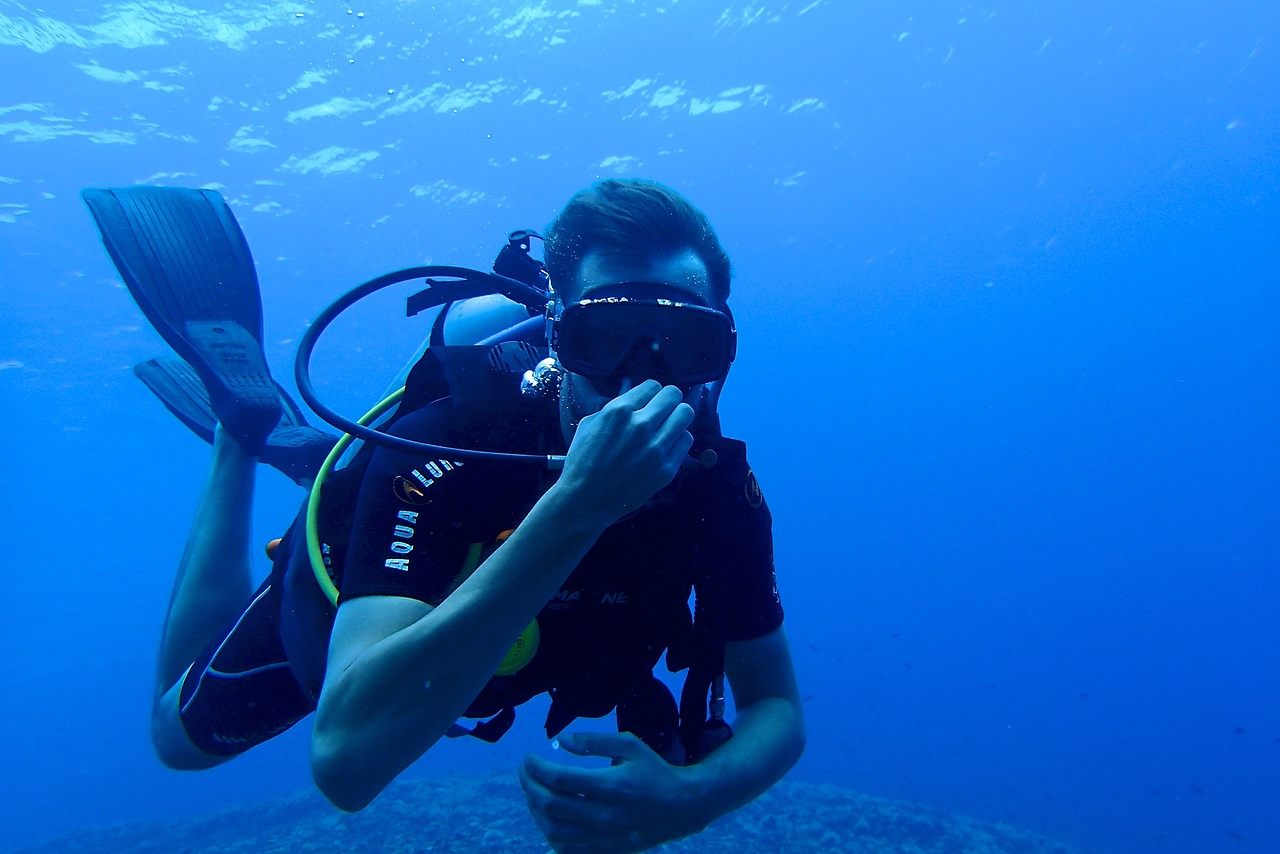Most Whales Don’t Know How Bad They Smell
And other fragrant underwater tales.

This guy’s stinking up the joint and he has no idea. (Photo: Steve Snodgrass/CC BY 2.0)

It’s impossible to gaze at a magnificent underwater creature, like a dolphin or a trout, without pondering how it feels—to swim so fast, to dive so deep, to feel so comfortable in such as strange environment. But have you ever wondered, as they go about their watery lives, what they’re smelling?
Because all vertebrates come from the sea, smelling actually evolved there, too, says Dr. Keith Tierney, a fish olfaction expert at the University of Alberta. (Indeed, he points out, all olfaction arguably occurs underwater, as it requires the mucus in your nose.) But ever since the first proto-mammal crawled onto the shore, our smellvolution has diverged, leaving underwater creatures with adaptations that seem curious, and occasionally mysterious, to us landlubbers. Here’s how some of our aquatic friends sniff around, and what they find when they do.
Fish

Catfish are particularly good sniffers. (Photo: Ude/CC BY-SA 3.0)
If you look closely at your goldfish’s face, you might notice two tiny holes in his snout, not unlike the nostrils in your own. Instead of heading down the throat like ours, though, these pinpricks, called “nares,” lead into a small chamber padded with olfactory receptors. When water flows into these nares, it brings all the scents of the underwater world along with it.
While your average fish doesn’t have too many different receptors (about 100, compared to a mouse’s 1300), each of these receptors can detect many unique odors. As a result, Tierney says, fish can really read the room—not only figuring out who is predator and who is prey, but noting when other fish are stressed or ready to mate, and using scent cues to find their way back home. They can also recognize all the new, smelly stuff we’ve been pumping into waterways. “Sometimes fish will avoid toxic chemicals,” says Tierney, “but sometimes they appear to be attracted to them.” The nose doesn’t always know.
Crustaceans

A spiny lobster, mid-sniff. (Photo: Stemonitis/CC BY-SA 3.0)
When a lobster in a tank waves his appendages in your direction, he’s not beckoning you over—he’s probably trying to sniff you out. Rather than bringing odors all the way into their faces, crustaceans have external organs called antennules—moustache-looking mini-antennae draped with fine hairs. To smell, lobsters and crabs use these antennule like chemosensitive whips, grabbing smell samples during the downward snap and investigating them during the slower upstroke, explains marine biologist Dr. Mimi Koehl in a 2010 paper. In other words, Koehl writes, “each antennule flick is a ‘sniff.’”
Once they’ve figured out what they’re smelling, crustaceans can do a lot with the info: choose a mate, navigate in the dark, and establish urine-based dominance hierarchies. Smelling is so important, lobsters walk far more slowly when they’re doing it, like deliberate detectives on the odor beat.
Whales, Dolphins & Manatees

A bowhead whale breaching off the coast of Alaska. (Photo: Bering Land Bridge National Preserve/CC BY-SA 2.0)
For a long time, scientists thought whales couldn’t smell at all. The Inupiat, though, knew differently. Twice each year, as they hunted bowheads off the coast of Alaska, they were careful not to light fires on the ice and to build latrines upwind, for fear the smell of smoke or sewage would drive the whales away.
In 2008, anatomist Dr. Hans Thewissen tagged along on a bowhead hunt and came back with four whole whale brains. Dissection revealed a distinct olfactory bulb, connected to the nostrils by a nerve several feet long, and DNA analysis showed plenty of genes that code for smell sensors. While bowheads still have no way of smelling underwater—they would choke—these structures indicates that when they come up for air, they get a whiff of the world.
This goes for manatees as well, although no behavioral studies have been conducted to see how they react to smells, says Nicola Erdsack of the Mote Marine Laboratory Manatee Research Program. Meanwhile, most toothed whales, including dolphins, lack this olfactory structure entirely, suggesting that they’re smell-blind in and out of the water. This is probably good, as whale breath smells, in the words of one observer, like “an unholy mingling of fart and fishiness.”
Frogs

An African clawed frog shows off his special dual-purpose equipment. (Photo: H. Krisp/CC BY-SA 3.0)
Frogs, famously, are equally comfortable on land and water. To help them out with this lifestyle, some of them even have amphibious noses.
In the African clawed frog, among other species, the nostrils lead to a special chamber that is divided in half horizontally, like a two-story building. The top floor connects to the lungs, while the bottom floor is self-contained. “Each portion can be selectively exposed to the environment using a flap of skin,” explains Tierney. When the frog is out in the air, the top floor is open, and he can breathe in to smell, like the rest of us. When he’s submerged, the bottom floor opens up to smell the water—and the top floor closes, so he doesn’t croak.
Moles & Shrews

Get you a snoot that can do both, like this star-nosed mole. (Photo: gordonramsaysubmissions/CC BY 2.0)
Land mammals that hunt underwater don’t have subdivided noses to help them out. Instead, at least two species have developed a special skill to get by—rapid-fire bubble smelling. As biologist Ken Catania discovered in 2006, if a water shrew or a star-nosed mole meets an underwater object—anything from an earthworm to a piece of trash—he’ll blow bubbles at it through his nostrils. As soon as the the bubbles touch the object’s surface, he’ll suck them back in, providing himself with a small packet of explanatory scent. He can do this ten times per second—about the same rate that a rat sniffs.
Thus far, this behavior has only been rigorously tested in moles and shrews. Thanks to high-speed underwater cameras, though, some people think they have observed it in otters. It is the cutest way to smell, after all.
Humans

No need to do that yet. (Photo: OCVS/CC0)
Through biology, technology, and chutzpah, humans have figured out how to see, hear, feel, and taste pretty well underwater. When it comes to smelling, though, we’re still in the dark. We’re no good at bubbles, our noses remain stubbornly attached to our lungs, and all our underwater breathing techniques use boring, canned air.
If we could pull it off, though, odds are we’d know some of the same delight and disgust as our more submerged friends, depending on where we were hanging out. “In rich tropical coastal waters, it might smell like a garden,” predicts Tierney. “In sewage effluent it might smell like, well, use your imagination.”
Naturecultures is a weekly column that explores the changing relationships between humanity and wilder things. Have something you want covered (or uncovered)? Send tips to cara@atlasobscura.com.

















Follow us on Twitter to get the latest on the world's hidden wonders.
Like us on Facebook to get the latest on the world's hidden wonders.
Follow us on Twitter Like us on Facebook